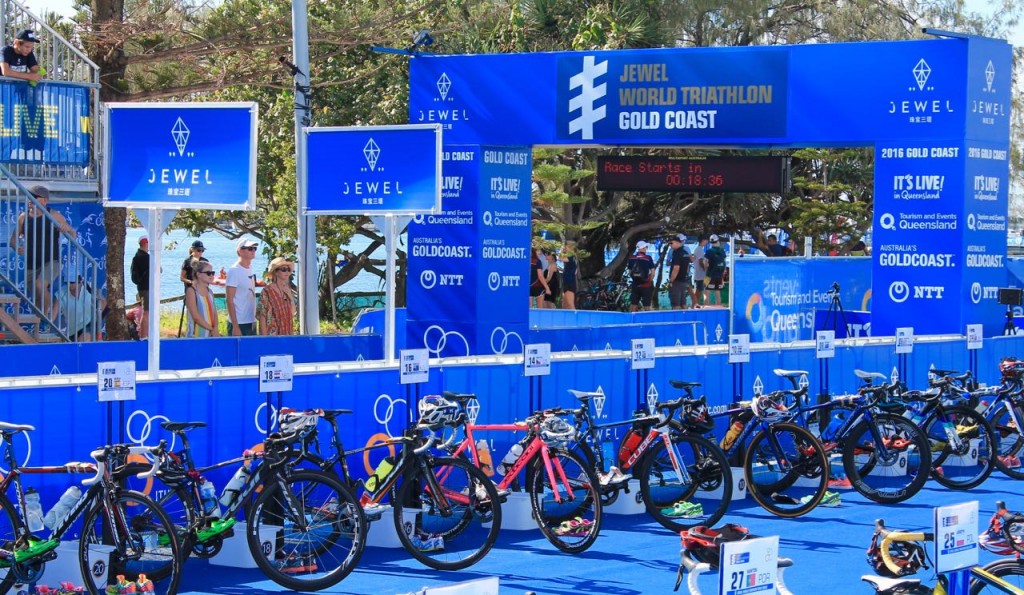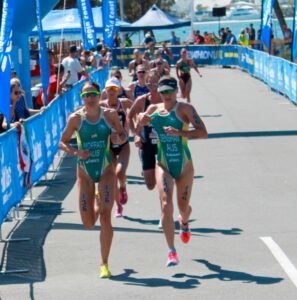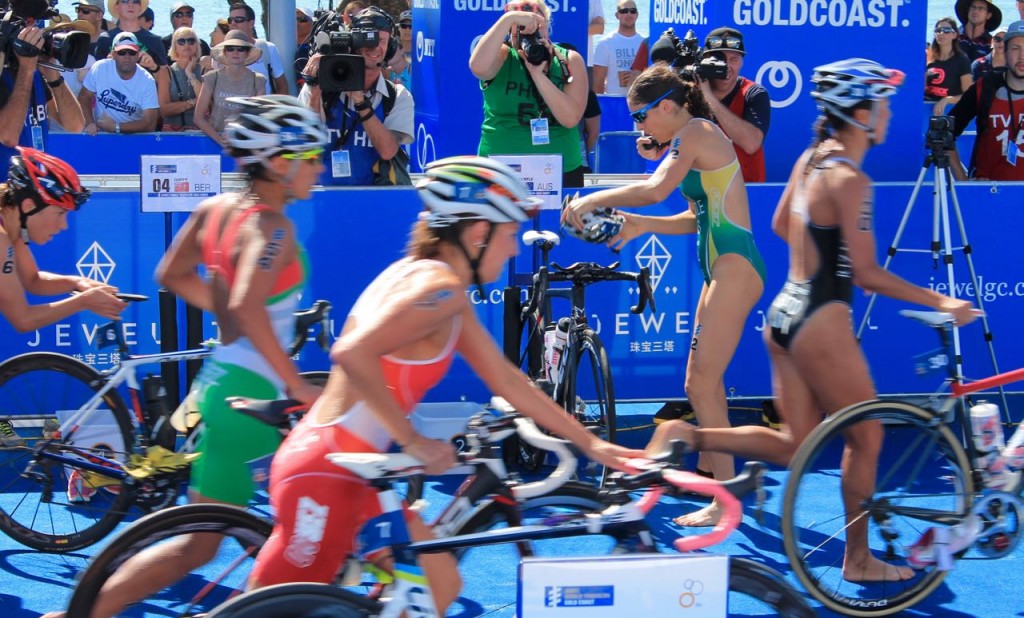Eight Steps to an Injury-free Triathlon Season
Words by Britt Caling, APA Titled Sports & Exercise Physio ; Sports Physio consultant to Triathlon Australia elite program (2002-2020) & appointed to Rio Olympics Australian Team Sports Physio (2016)
 1. Maintain your Body – no body, no race!
1. Maintain your Body – no body, no race!
Make sure you include body maintenance strategies as part of your training (and not consider these additional to training). Body Maintenance strategies are things that will help maintain healthy, normal-tone tissues and include self massage, self triggers, roller massage and, of course, a visit to a trained experienced Massage Therapist or Sports Physio. Check that your Massage Therapist understands triathlon and communicates with you so they are not wasting your valuable time working on area’s that are not important to you as a triathlete.
2. Follow a structured training program
Ideally use an accredited triathlon coach that can tailor a program for you based on your goals, your level of competition and experience, and your other life commitments such as family and work. Remember that you are not expected to perform and achieve PB’s week in, week out for the whole triathlon season, so make sure you and your coach work together to structure a program with key races and competition peaks.
3. Understand the importance of Recovery
Recovery of brain & body is essential to ensure your brain/body processes are restored by the next training session. This will allow you to repeatedly perform good quality training and minimise the risk of getting injury. Strategies to consider include rest/sleep, nutrition, warm-down, massage, use of compression garments, psychological approaches such as relaxation, yoga, mental imagery and for the more serious competitors, use of ice baths
4. Learn your body type and your individual body needs
 Obviously we all have different genetics and different rates of adaptation to training, and recovery from training. Given this, it is important that you consider your individual body needs when it comes to reducing your injury risk. Not all of us need to stretch every muscle and not all of us need to strengthen every muscle. In order to identify which muscle/joints you need to make more flexible to allow you to perform better and to reduce your risk of injury through the season as a Triathlete, and to help identify area’s you may need to work on control/stability or strength, consider seeing a Sports Physio to perform a Triathlon Musculoskeletal Sports Screening. Screenings have been used by all major Sports Institutes/Organisations for many years now to help identify each athlete’s individual weaknesses in relation to the sport they do. The results of a Screening will ensure you don’t waste time stretching/massaging/strengthening area’s that are not significant for you & will help direct you towards area’s that you do need to focus on (for more info check here: www.mygcphysio.com.au/services/physio-sports-physio/what-is-a-sports-musculoskeletal-msk-screening/)
Obviously we all have different genetics and different rates of adaptation to training, and recovery from training. Given this, it is important that you consider your individual body needs when it comes to reducing your injury risk. Not all of us need to stretch every muscle and not all of us need to strengthen every muscle. In order to identify which muscle/joints you need to make more flexible to allow you to perform better and to reduce your risk of injury through the season as a Triathlete, and to help identify area’s you may need to work on control/stability or strength, consider seeing a Sports Physio to perform a Triathlon Musculoskeletal Sports Screening. Screenings have been used by all major Sports Institutes/Organisations for many years now to help identify each athlete’s individual weaknesses in relation to the sport they do. The results of a Screening will ensure you don’t waste time stretching/massaging/strengthening area’s that are not significant for you & will help direct you towards area’s that you do need to focus on (for more info check here: www.mygcphysio.com.au/services/physio-sports-physio/what-is-a-sports-musculoskeletal-msk-screening/)
5. Improve your swim, bike & run technique
Technique plays a significant role in both improved performance & reduced risk of injury. Good technique usually means muscles are working efficiently and this will generally reduce the forces our body must repeatedly control. Try to find a coach/squad that includes technique/drill work in their programs or find a Sports Physio that can give you technique drills as part of an exercise program to do as warm-up to training.
6. Include at least one strength & conditioning session in your training
To compete in Triathlon requires many thousands of repetitions of movements & muscle contractions. I believe it is crucial you include some form of tissue strengthening in your week. This will help build tissue resilience to the repeated forces and could take the form of strength training in functional classes or in the gym, pilates or with a personal trainer that understands the demands of triathlon.
 7. Maintain your equipment
7. Maintain your equipment
This includes your wetsuit (swimming in a wetsuit with big holes in it not only slows you down but may predispose you to hypothermia), your bike (the mechanical component of this is obvious but don’t forget about ensuring you have a good bike position and that this is rechecked from time to time) and replacing your running shoes at appropriate times (and/or consulting a Podiatrist to advise you on the best shoe type for your individual foot function).
8. Learn to listen to your body!
Triathletes are notoriously bad at this but you need to learn when to push and when to back off. Make sure you listen to your physical body by addressing any niggles before they interfere with your training, and don’t ever forget the power of having a ‘fresh and recovered’ mind.
Happy Training and Racing from the mygcphysio Team!
If you need a Physio or Massage Therapist who understand you as a Triathlete, Book with Us mygcphysio.com.au or phone 07 5500 6470

































